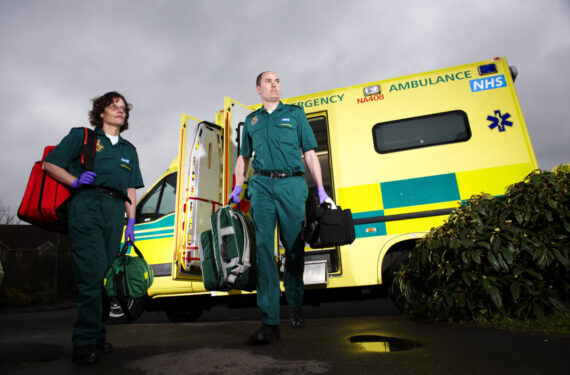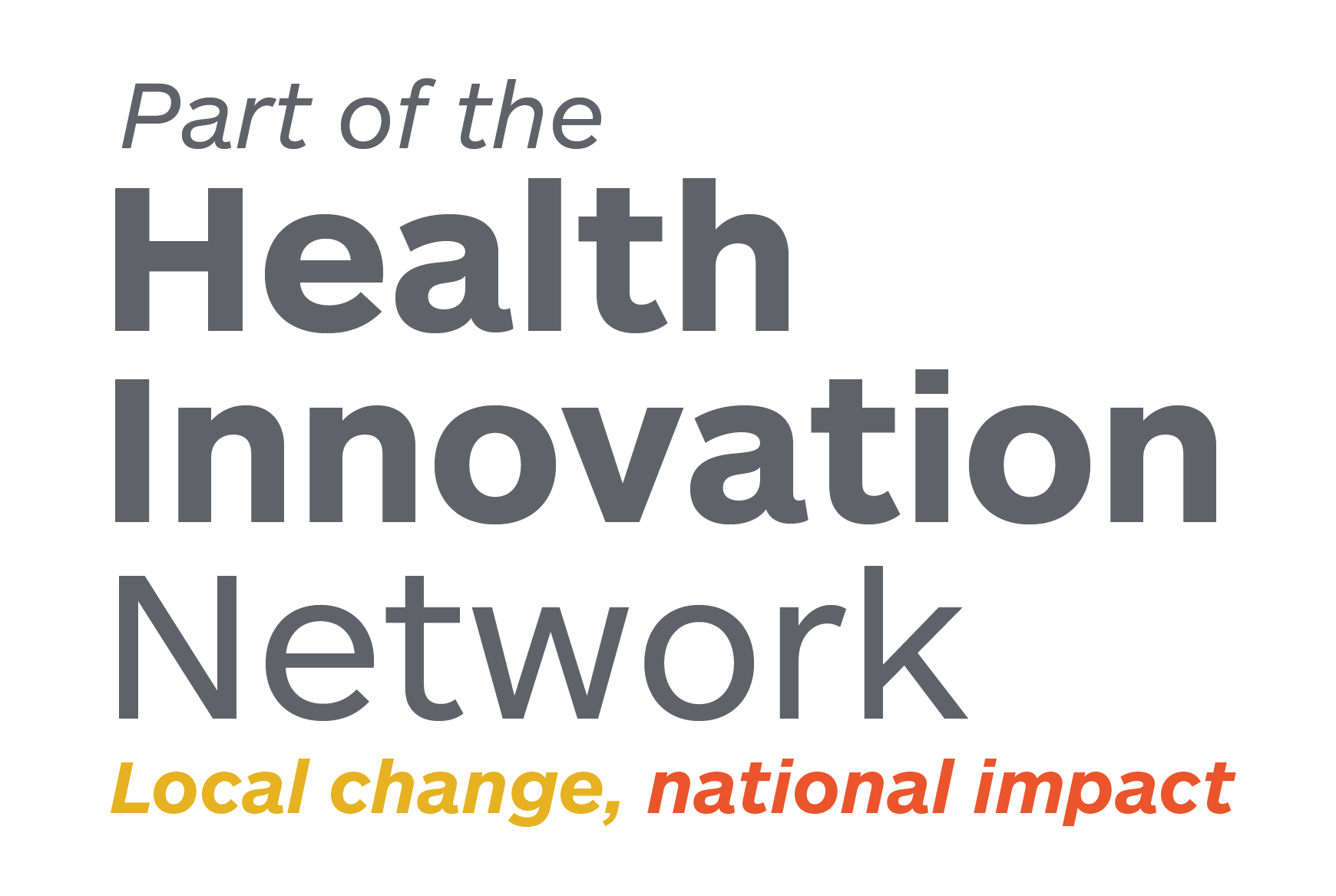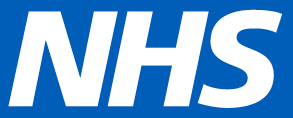
Posted on May 28, 2020
Short abstract
Early warning scores (EWS) are designed to help healthcare staff identify patients whose condition is deteriorating, to allow them to get the treatment they need quickly. Higher scores indicate poorer health. The National Early Warning Score is a simple scoring system of six clinical measurements which are added together to give an overall score, with various thresholds triggering different clinical responses.
This study was done in collaboration with NIHR Applied Research Collaboration (ARC) West and studied the impact of NEWS scores collected from more than 13,000 urgent GP referrals to hospital. They found that higher scores are associated with patients being taken to hospital by ambulance more quickly. Average transfer time was 94 minutes for patients with the highest scores, compared with 132 minutes for those with the lowest. Patients with high scores were also reviewed more quickly after arriving at hospital.
Citation
Scott LJ, Redmond NM, Tavaré A, Little H, Srivastava S, Pullyblank A. Association between National Early Warning Scores in primary care and clinical outcomes: an observational study in UK primary and secondary care. British Journal of General Practice; 2020 May 28: e374-e380.
Click to read the full-text article.


